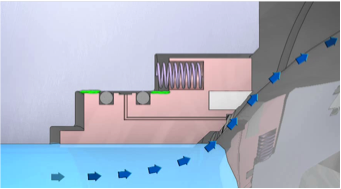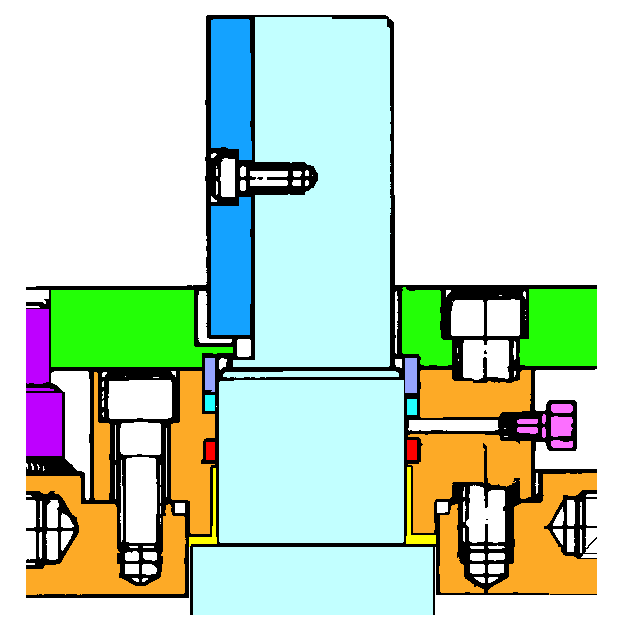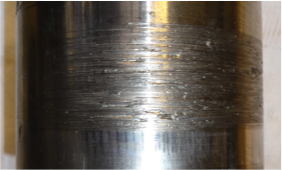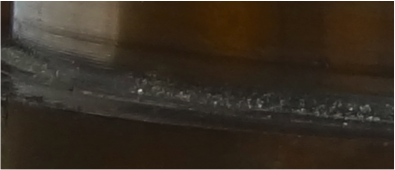What happens when oil and gas prices fall?
At first glance, the answer is simple: If the income of oil companies falls, there have to be cutbacks on spending – in short, they need to save money in every area. This can result in the outsourcing of services, cutting down of manpower and maintenance, and achieving a stronger price control as far as procurement is concerned. But what does this have to do with valves? A whole lot, as a matter of fact. I have often claimed that with the right procurement and condition-based valve maintenance, one can save up to 60 percent of valve-related costs. What do I mean by valve-related costs? I mean the real cost of valve replacement, including the cost of downtime and lost production. For example: An ESD valve with a purchase price of 25,000 USD and a replacement cost of 250,000 USD, including downtime, lost production and labour costs, will incur a true replacement cost of 275,000 USD. If one could double the life cycle of the valve with the right maintenance, one would have saved not only the 25,000 USD price of the valve, but actually more than 10 times this amount by avoiding replacement altogether.
People talk gaily about life cycle costs, which, as most of us know, is something completely different from investment costs. The cheapest price is not always the most economical price, as in some cases expensive valves can turn out to be the most economical solution if they have a long life cycle. If maintenance is possible, the life cycle can in some cases be significantly extended. Let’s look at two simple examples.
Example 1: Someone needs a class 900 ball valve, which will be put to use in an unclean environment. They choose a valve with metal-sealed seats and tungsten carbide coating, on both the ball and the seats – a relatively costly valve. Since most people see grease nipples as sealant injectors used in soft sealing valves, in this case the decision is made to eliminate the grease nipples from the seats since the valve will have metal sealing. By eliminating the grease nipples, the valve manufacturer will reduce machining costs, and they can also use simpler and more economical seats, thus saving some expense. The price of the valve is reduced and, moreover, four potential leakage points are eliminated, making the valve somehow more economical, and the buyer is satisfied.
After one year in production, the seats get stuck in the seat pocket and the valve leaks significantly, as illustrated in Figure 1. What does one do with a leaky valve? One replaces it, with all the costs involved. What if the valve had been equipped with grease nipples (lubricant fittings) on the seats and there had been appropriate maintenance procedures in place? In this case, one could have used kerosene and oil to loosen and lubricate the seats. Result: problem solved and the valve is functional. The savings related to the above-mentioned ESD valve would have been 275,000 USD minus 30 minutes’ worth of labour costs. Moreover, the maintenance operations can be carried out while the valve is in production – no loss of production.
Example 2: To bring down the price of the above-mentioned class 900 valve, the manufacturer uses an economical anti-friction lining between the spindle and the bonnet (shown in yellow in Figure 2). The lining is good enough if the pressure is equalized across the valve before operation. However, the valve was opened with full differential pressure and closed under flow conditions several times, which resulted in the deterioration of the anti-friction linings causing the metal parts of the spindle and the bonnet to come into contact, resulting in galling and the valve ceasing to function. Figures 3 and 4 illustrate the abovementioned example.
My point in this respect is that it is wrong to focus only on the cheapest solution and reduce the amount of valve maintenance. One should not be satisfied with good enough, but should focus instead on the appropriate level of quality considering the valve’s specific use and function.
If one is to achieve real savings when it comes to valves, one MUST order the right valves along with the necessary equipment for correct maintenance. Last but not least, one must have the appropriate skills and procedures to carry out the right type of valve maintenance when the need arises.
Do you want to download this article as a PDF?
Click here to download




